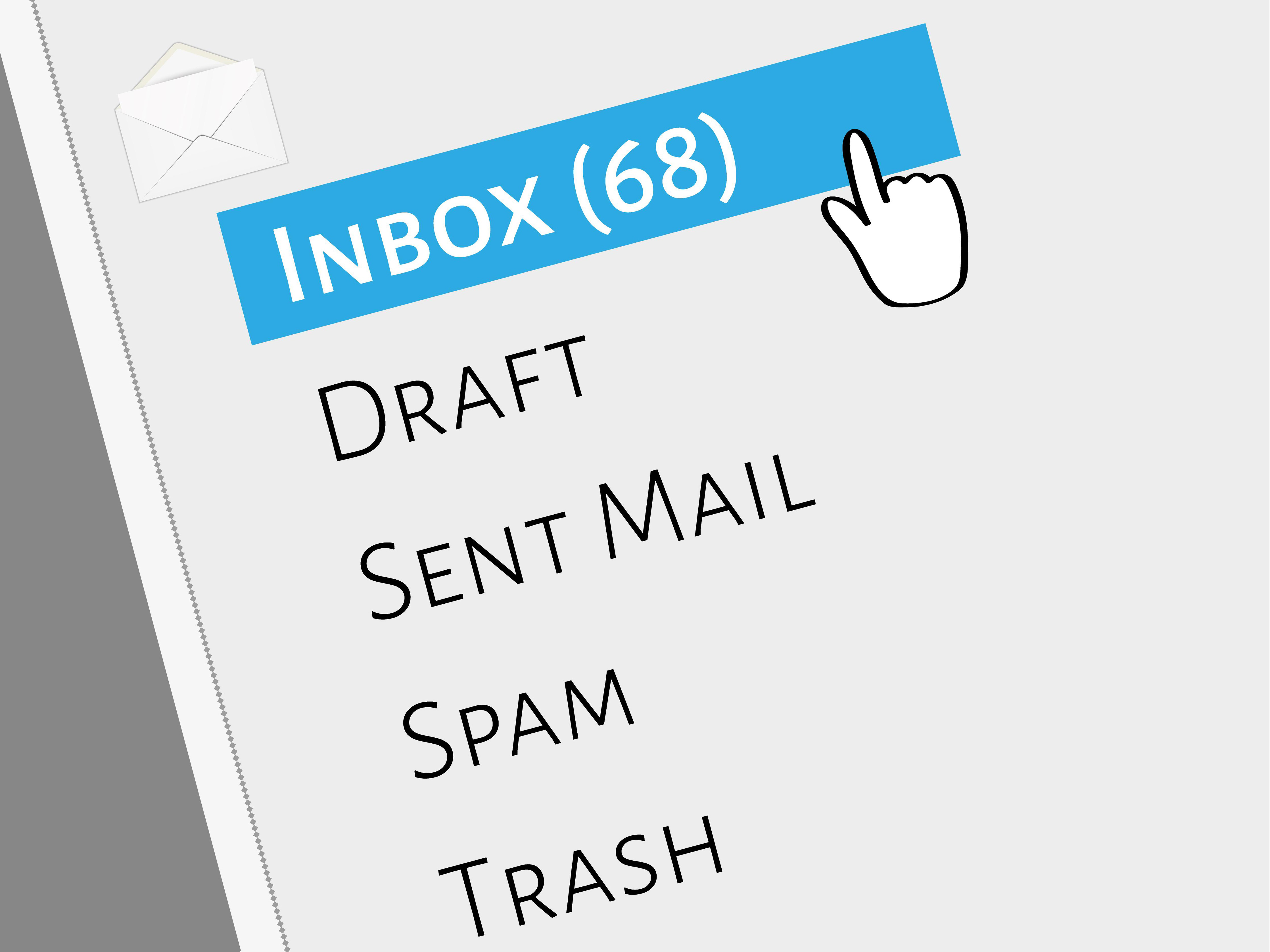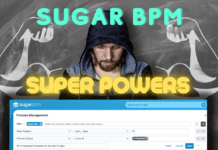Email marketing is the most widely used and trusted method of communication in the B2B world. Businesses send thousands upon thousands of emails in order to assist with business growth. However, businesses cannot just send an email and hope that they are received in the expected inbox, emails can easily be caught up in spam filters and that is why Act-On has come up with some top tips to ensure email deliverability.
What is email deliverability?
Deliverability is a term used to classify the percentage of emails that make it into the intended recipients’ inbox. Emails that don’t make it are likely to have ended up in spam folders or even been blocked by the mailbox provider. Nevertheless, there are ways to ensure that as many emails as possible hit the intended recipients’ inbox.
1. Ensure that all recipients in your mailing list have opted in
Emails should only be sent to customers/contacts that are expecting it, meaning that they have chosen to receive emails from the business. It’s good practice to consider having a double opt-in, this means that after the recipient has given their email address they will receive a confirmation email within which there is a link that the recipient must click in order to complete their sign up. By having a marketing list which contains recipients that have completed a double opt-in, the business will likely receive higher delivery rates, lower unsubscribe rates and higher click-through rates.
2. Ensure the emails have good content and are relevant
The chosen body content of the email may influence whether or not an email makes it into the recipients’ inbox, however you particularly want to pay attention on a good and relevant subject line. Subject lines should not contain all capital letters, multiple exclamation points or phrases such as ‘buy now’ or ‘for free’ as these are likely to be flagged as SPAM. However, it’s still important to make sure that the body of the email is relevant as this will entice the users to open and interact with the email.
3. Understand and follow regulations
Businesses need to stay compliant with SPAM rules, to do this the sender must ensure that their identity is clear and not disguised or concealed and provide a valid and functional opt-out/unsubscribe function.
4. Measure the success of the campaign
With any email campaign, it’s good practice to define metrics of which the success of the campaign can be measured. Low deliverability or response rates, for example, can raise a flag against the campaign before too much time and money is spent.
5. Use an established email marketing provider
Using a reputable email marketing vendor is highly beneficial as they can help businesses to navigate and build complex email marketing campaigns. It’s best practice to choose a provider that has a good track record for email deliverability and one that has good reporting tools to measure the success. However, it’s important to remember that the email marketing vendor is only partially responsible, for successful email marketing it’s a partnership between the vendor and the company.
6. Ensure email attachments are safe
Often having attachments to emails can raise red flags for the recipient as campaigns often use various techniques to cloak malware in email attachments. Therefore the best way to avoid your email being caught in SPAM filters is not to have actual attachments to your email but instead have links to your website within the email that allow the recipient to safely download the information.
Even the most perfect email is nothing if it does not reach the intended target. While 100% deliverability is highly impossible to achieve, if you follow the above tips you’ll be on your way to achieving successful email marketing campaigns.





